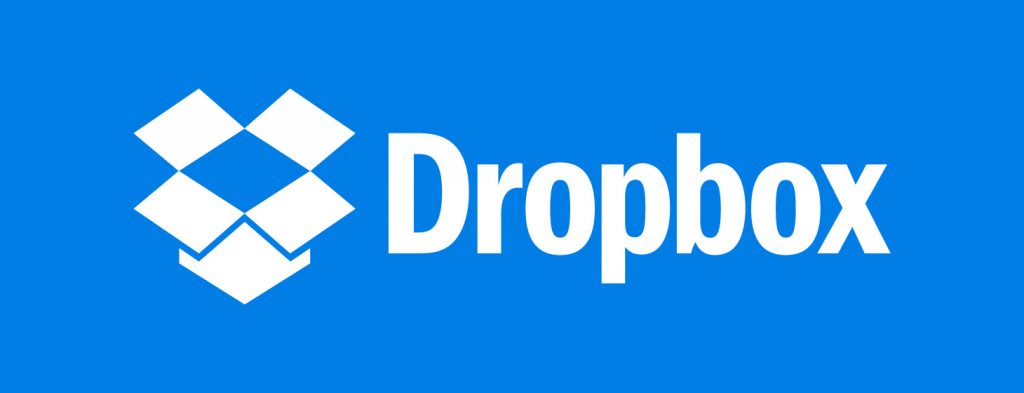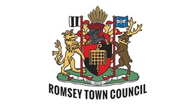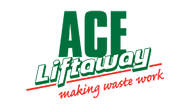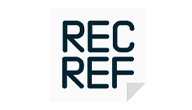Growth Hacking Like A Pirate.
Posted on June 9, 2016 by Jay Jones
Can anyone simply make magic like Instagram, Airbnb and PayPal used to stimulate growth?
No, but there is a way of thinking and a mindset that will set you on the right path. Matthew Lerner of 500 Startups (and previously 10 years at PayPal) spoke at the Future of Digital Marketing conference, asking the question ‘Is growth hacking rubbish?’.
Famous growth hacks
Some of the most famous growth hacks all have one thing in common – as ingenious as they were at the time, none of them would work anymore (given changes to the digital platforms they exploited).
Nevertheless, let’s have a look at four of them.
Airbnb
Airbnb realised that although it was building a more personal platform than Craigslist, a lot of its target market still used the classified ads website. So, around 2010, Airbnb began to offer its hosts the ability to also post a listing on Craigslist with just one click.
When early Instagram users posted their filtered photographs to Facebook, these posts automatically included a link to download the Instagram app, tempting others to sign up.
PayPal
PayPal knew it was a good match for eBay, back when there was still lots of buyer-seller friction around cheques or even cash sent in the mail.
PayPal wrote a bot to start bidding on low-value auctions, then sending the seller a message saying ‘I only want to buy if you use PayPal’.
So, sellers started offering PayPal, which in turn led buyers to consider signing up.
Dropbox
Nowadays email platforms have built-in tools to allow large file transfer.
But when Dropbox started, this wasn’t the case. Dropbox exploited this by making recipients open a link in an email then create an account in order to download the received file.
Users could also gain extra storage by inviting their friends or completing a range of actions.
The growth hacking process
Lerner kindly gave an overview of what he sees as the key steps in the growth hacking process.
1. Set your KPIs.
2. Develop personas and your message. What is it that your customers need help with? Are they time poor but need more traffic (in the case of Airbnb hack)?. This isn’t pie in the sky, it should be task-oriented customer insight.
3. Generate ideas. There are many methods for this, from brainstorms to surveys, UX audits to question exercises.
4. Put the ideas in a backlog. Score them all. Prioritise the ‘impactful and easy to do’. Work on the ‘impactful and not easy to do’. Fit the ‘not impactful and easy to do’ in between sprints. Make a list of the ‘not impactful and not easy to do’, to remind yourself never to do them.
5. Create a pipeline. Don’t work on more than three things in a week. or you will lose focus.
6. Produce experiment documents. Changes must be designed as experiments because you need to know they work. Form hypotheses and methods of production, bet on an outcome and be public with your predictions (and comfortable with being wrong).
Take risks – limited traffic means not everything can be an experiment, so don’t waste an experiment – if something seems obvious just do it.
7. Execute.
8. Measure and document learning.
9. The growth meeting. Share what you have learned and decided what you’ll work on next.
The growth hacking mindset
The growth hacking mindset is arguably more important than the process.
1. Humble: two-thirds of tests fail. Failure is learning.
2. Tenacious: persistent with a bias towards action (do’ers).
3. It’s a science: systematic thinkers.
4. It’s an art: obsessed with simplifying the customer journey.
5. Systems thinking: find the lever points, the feedback loops, look for 80/20s.
6. Intensely curious: asks a lot of questions.
7. Optimistic: comfortable with ambiguity.
8. Diverse: a variety of perspectives and backgrounds.
9. Relationship builders: help involves the whole organisation.
10. Driven: knows what success is and won’t settle.
Got any other examples? Let us know below or contact us to learn more about how to improve your marketing.















































